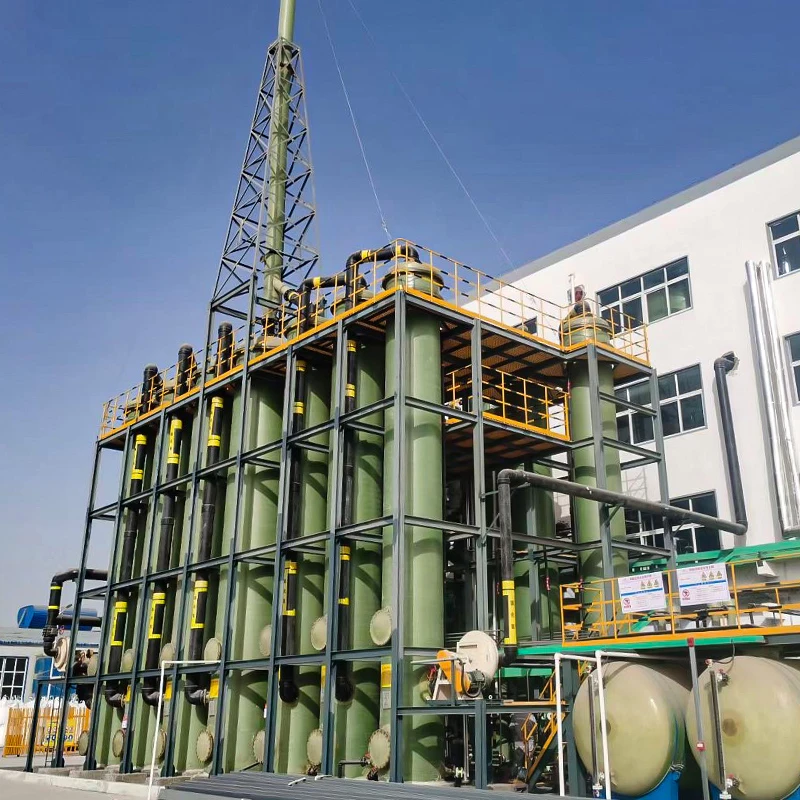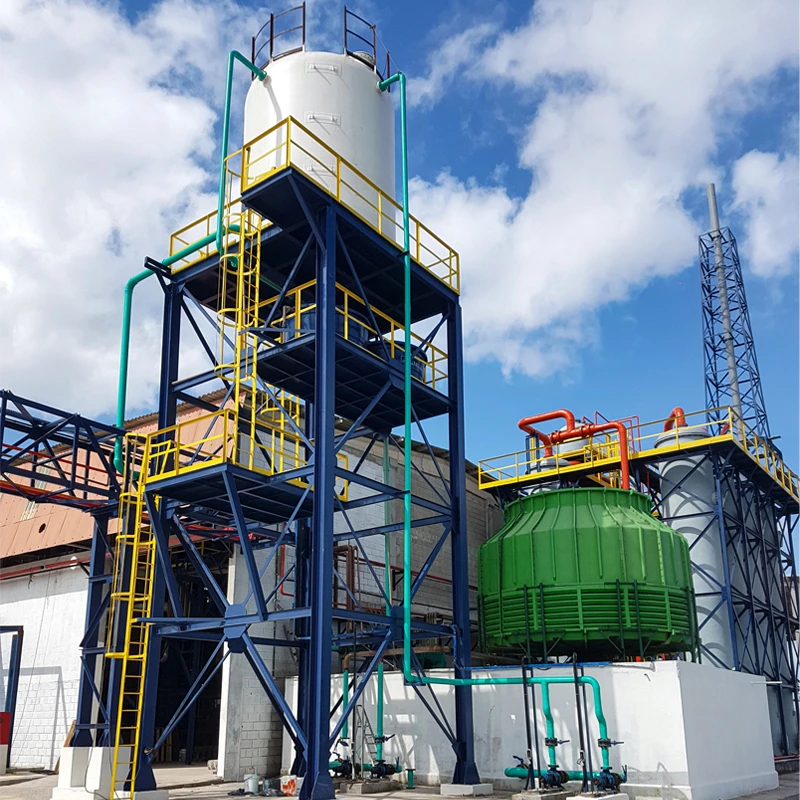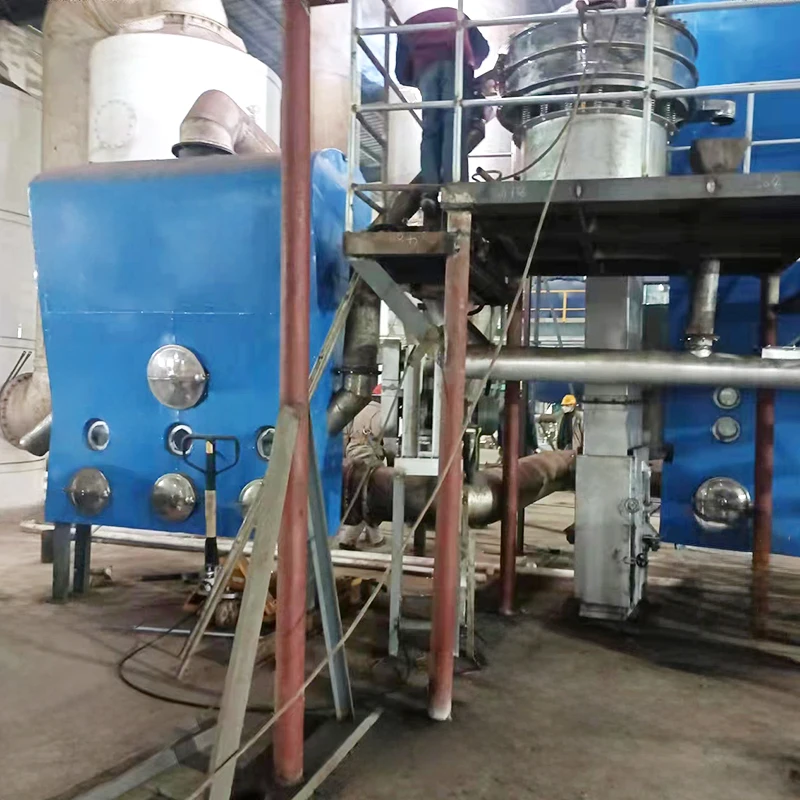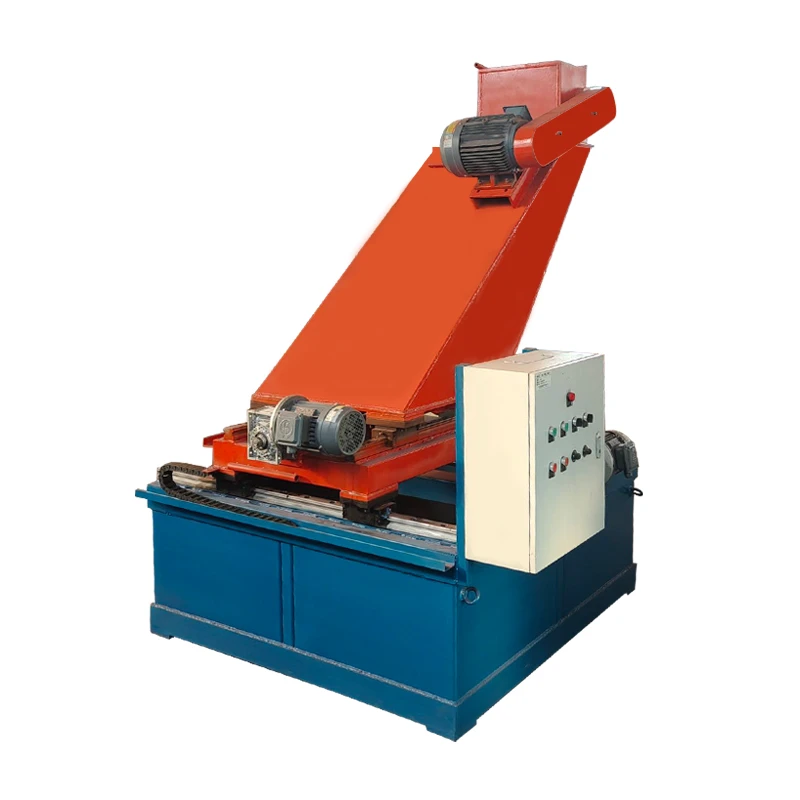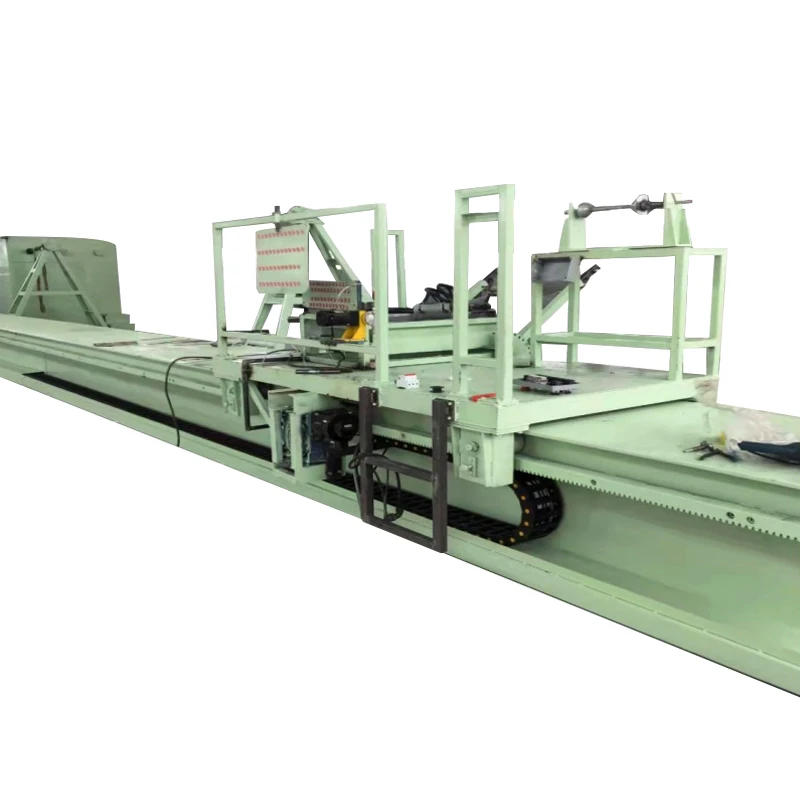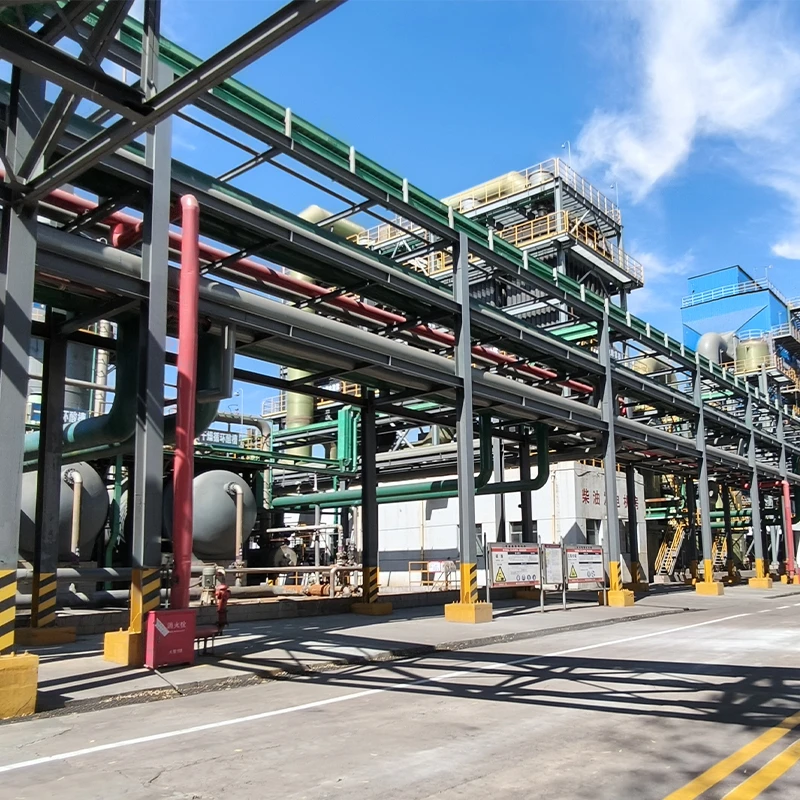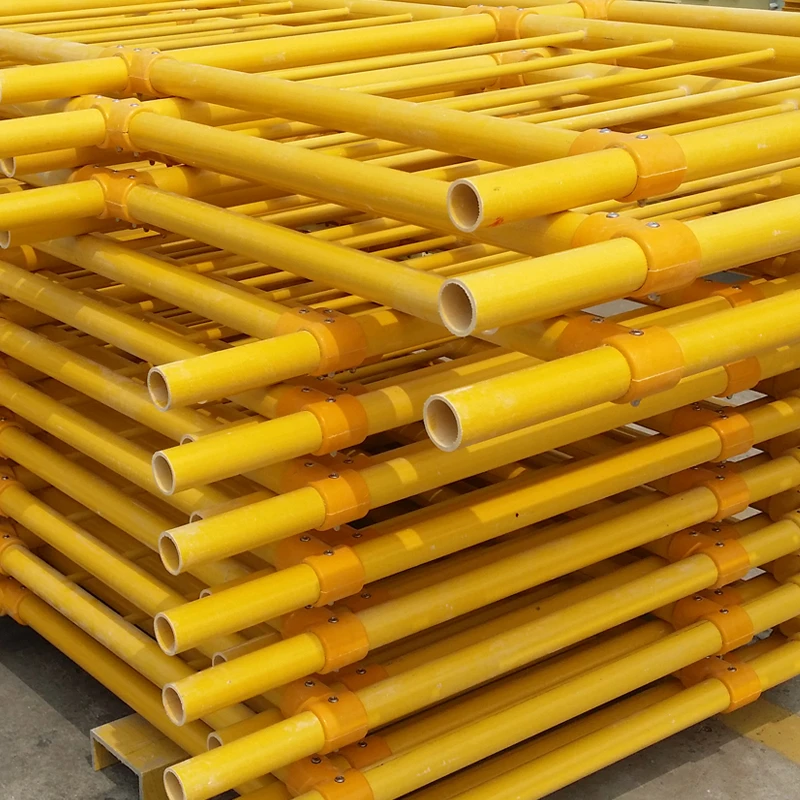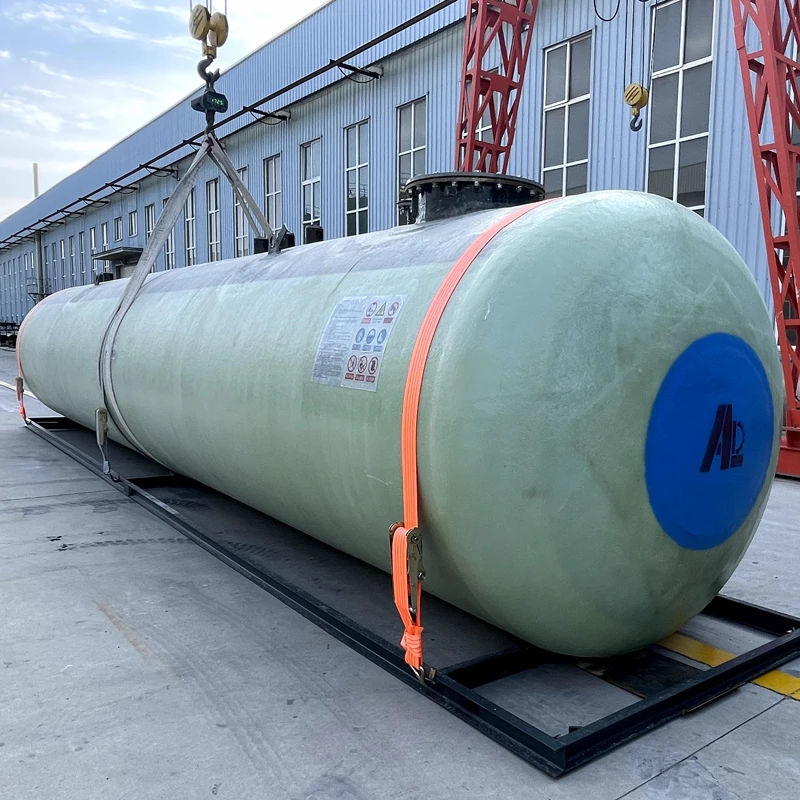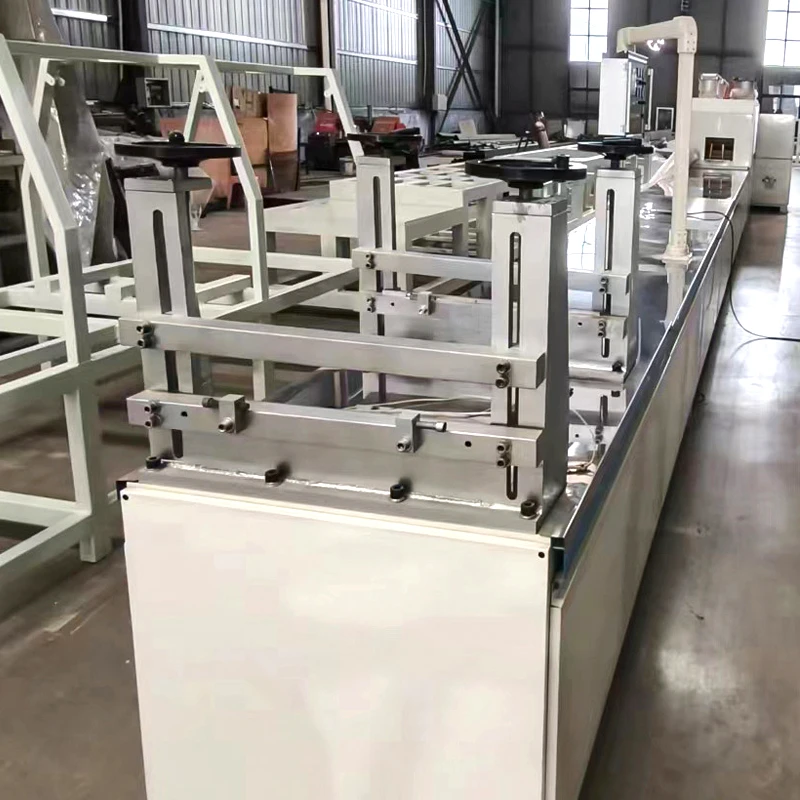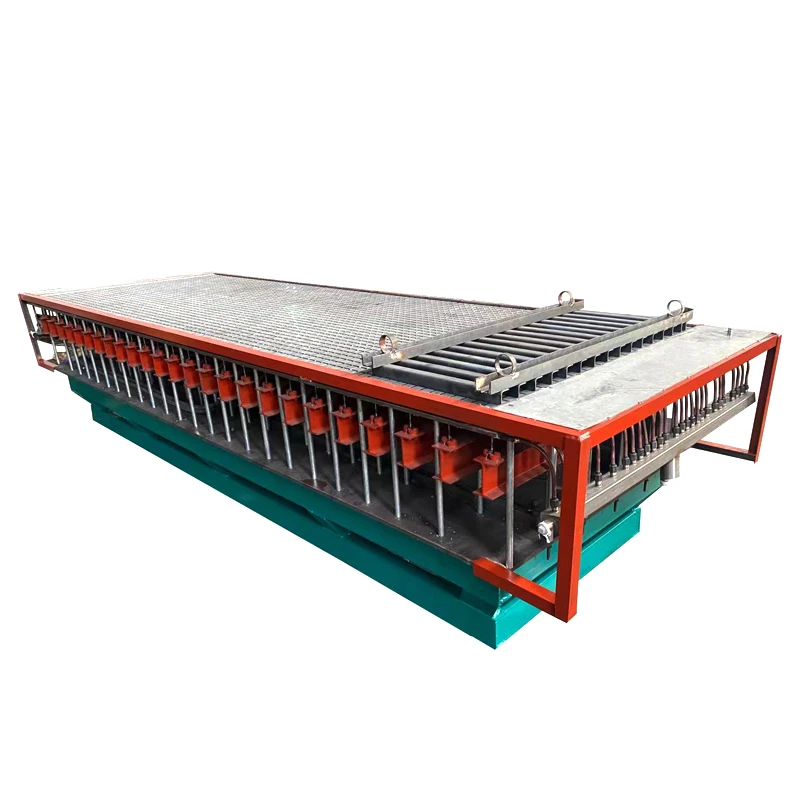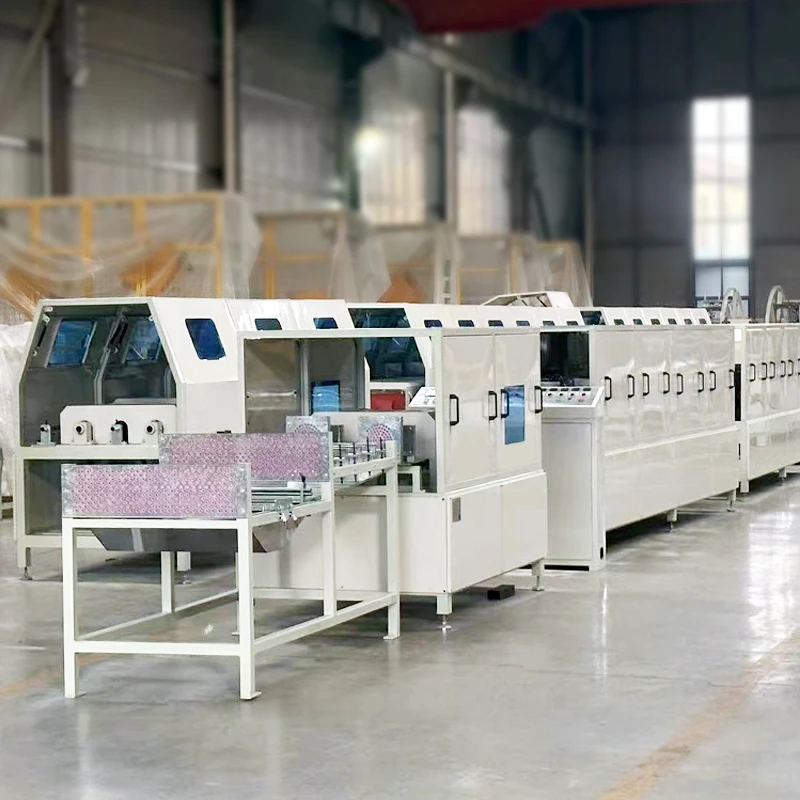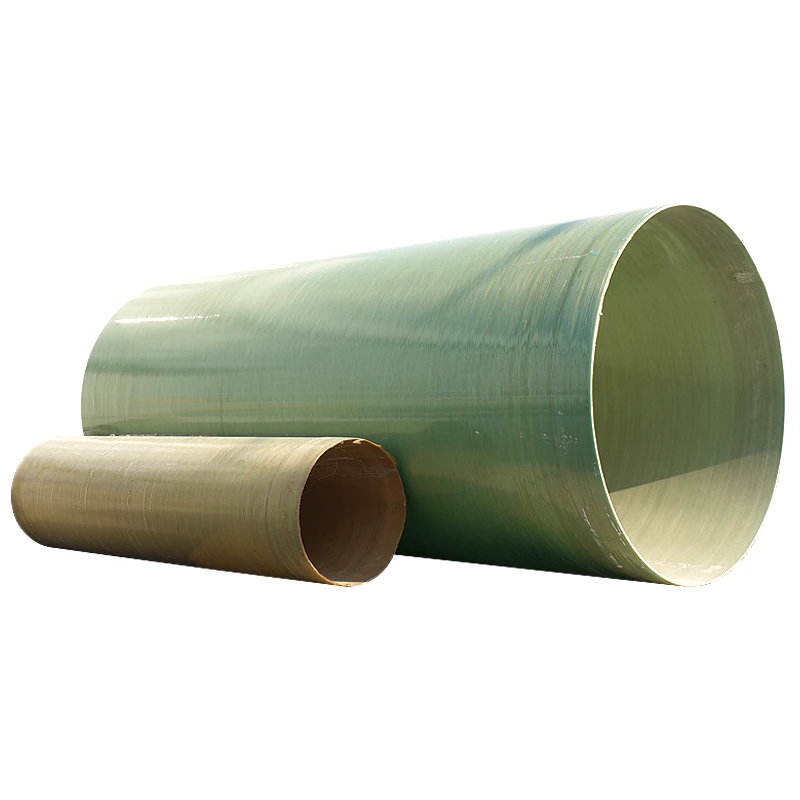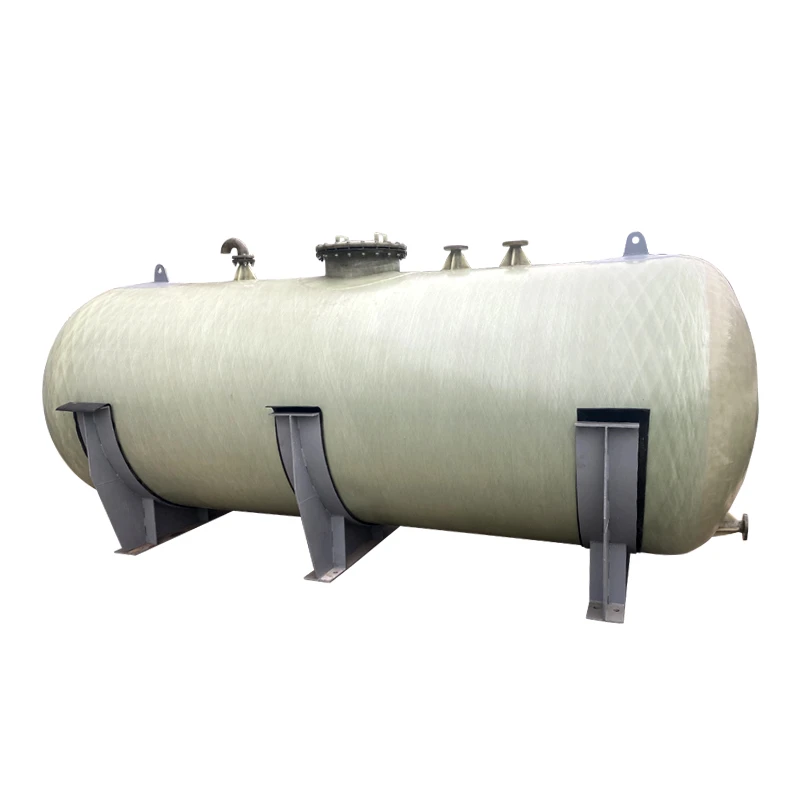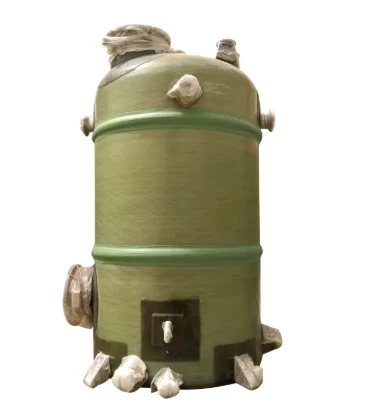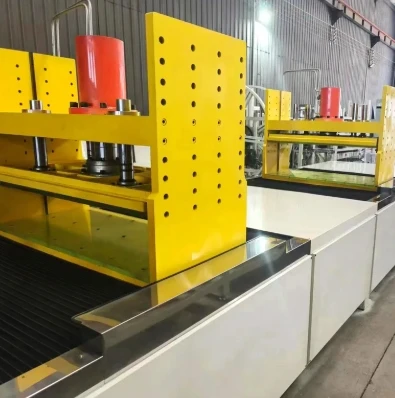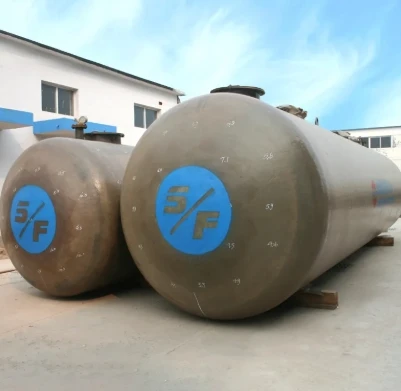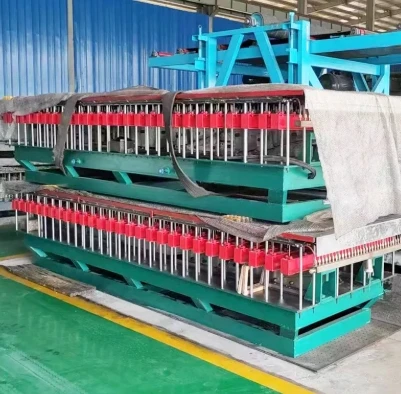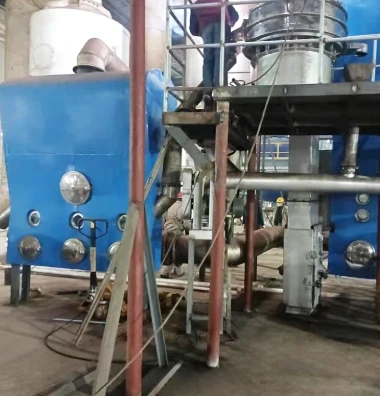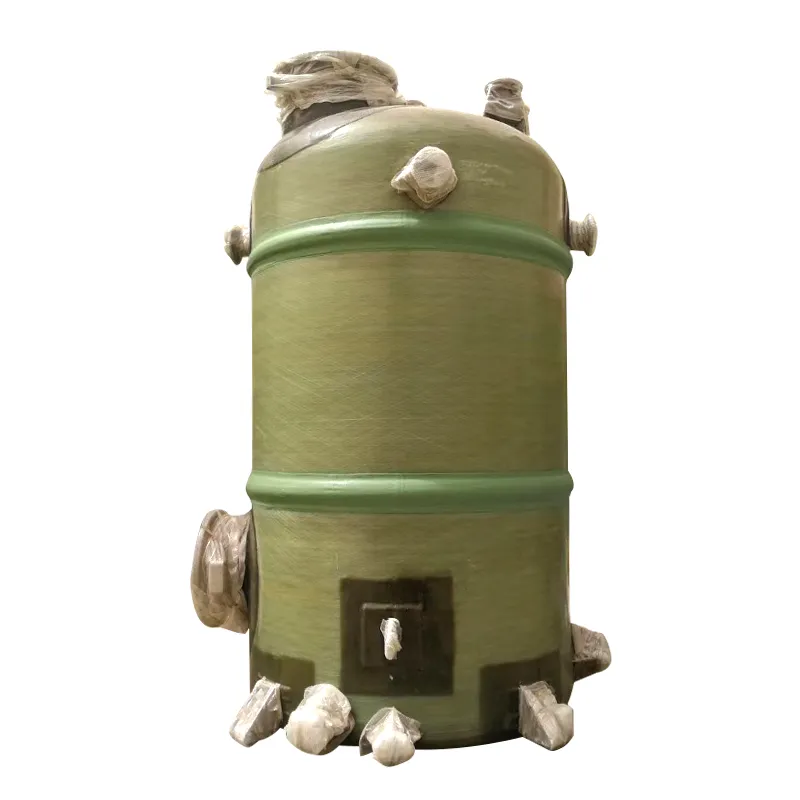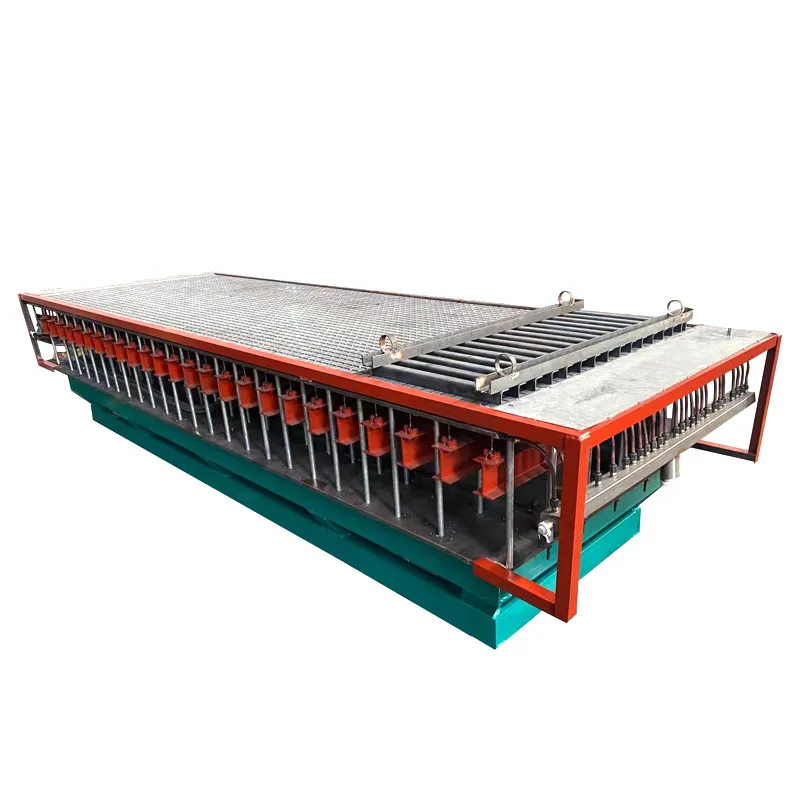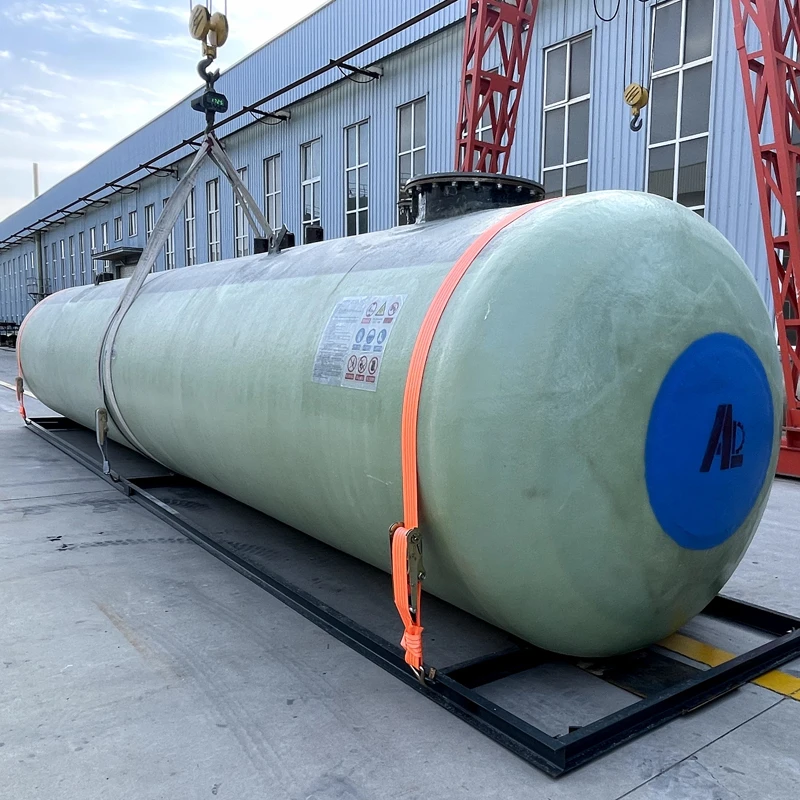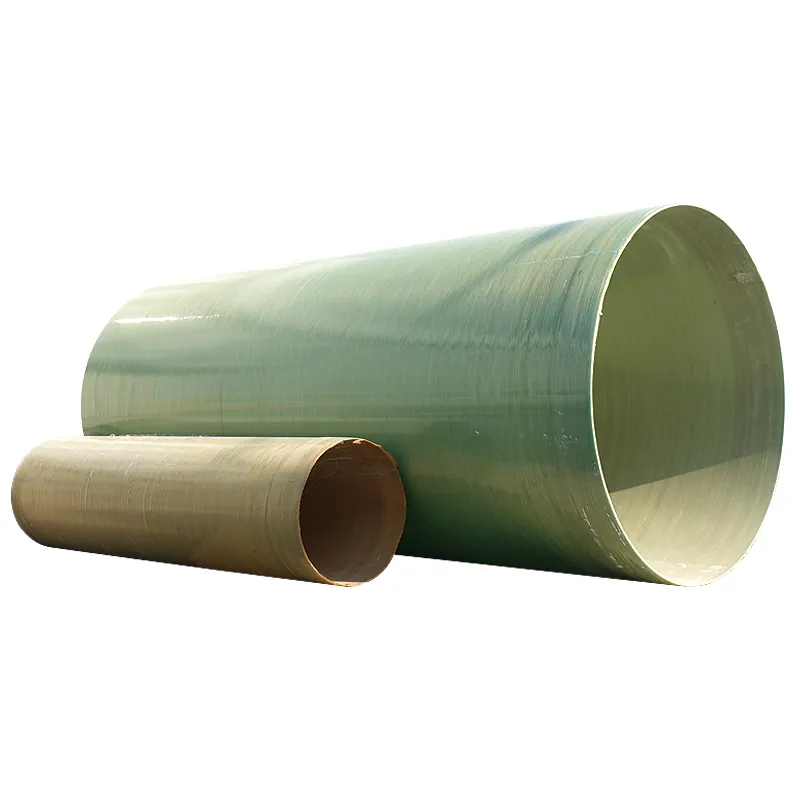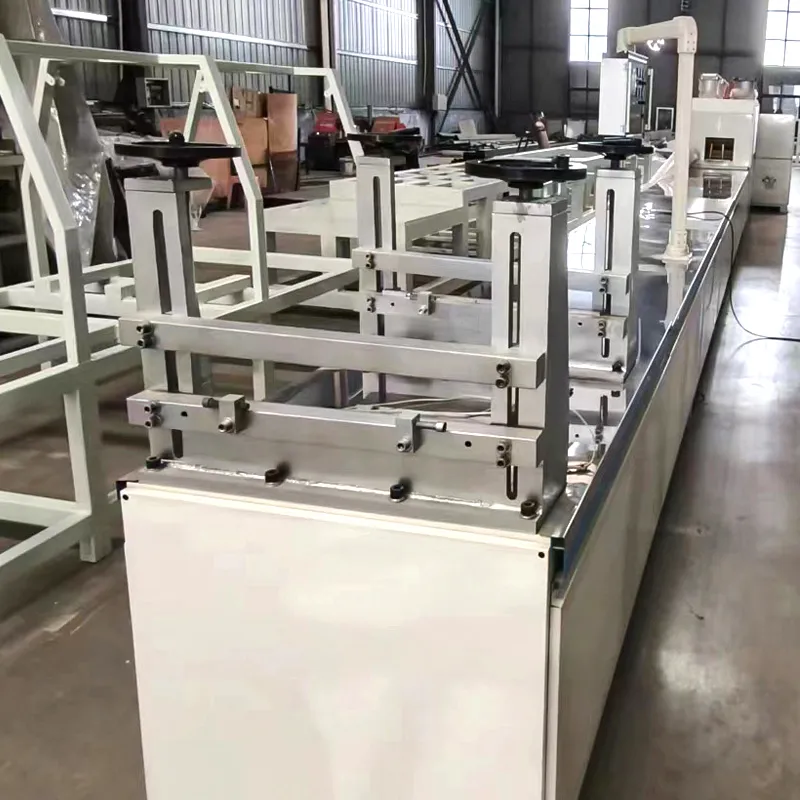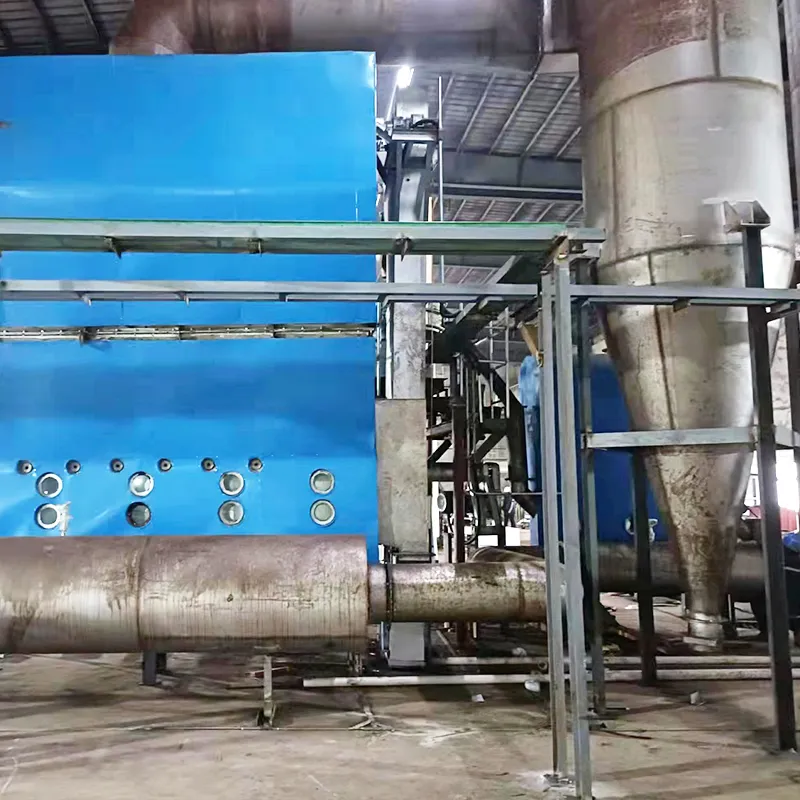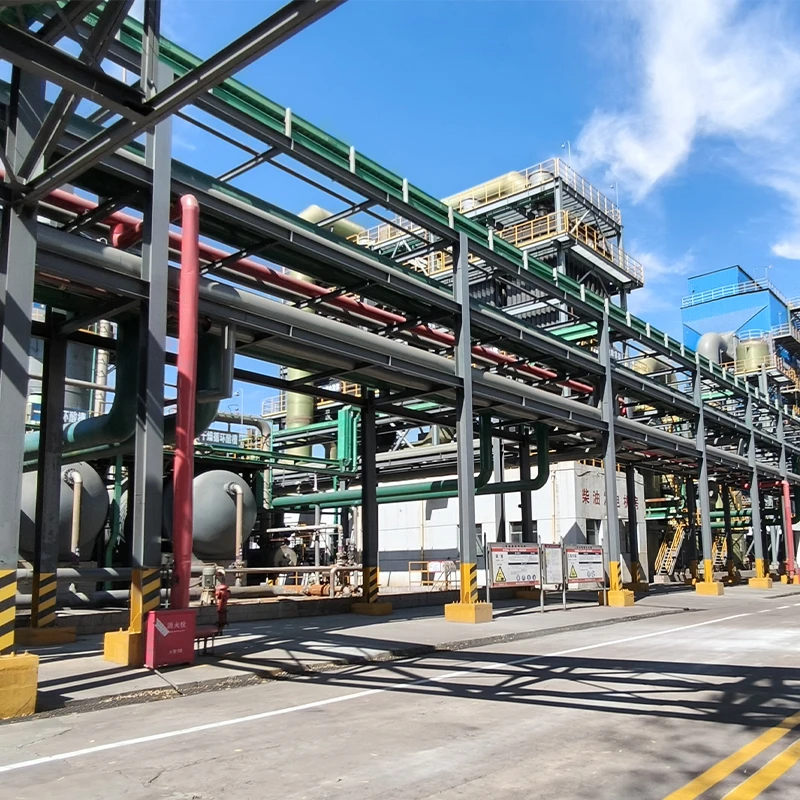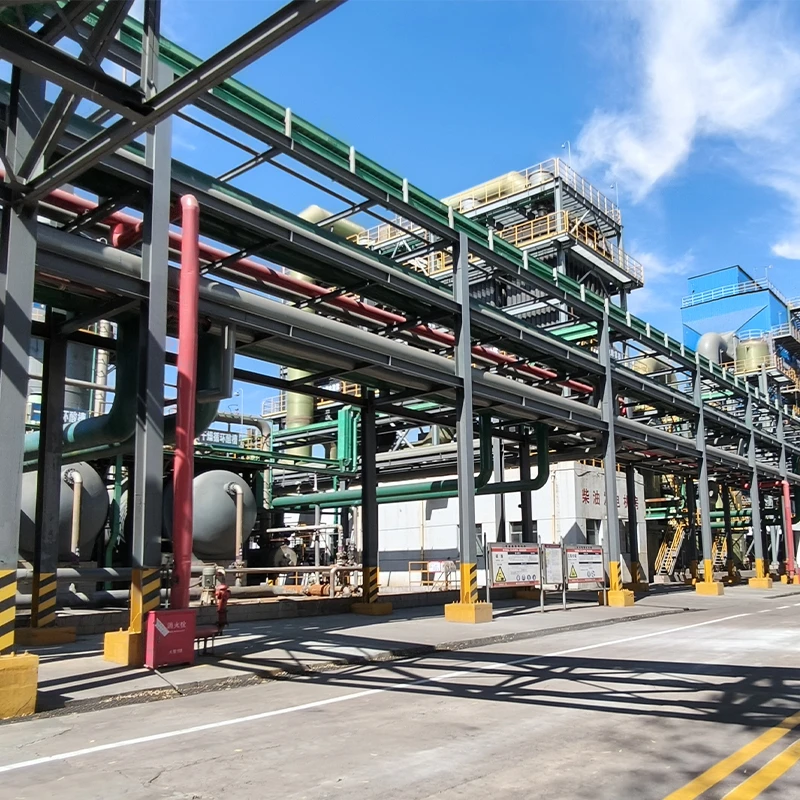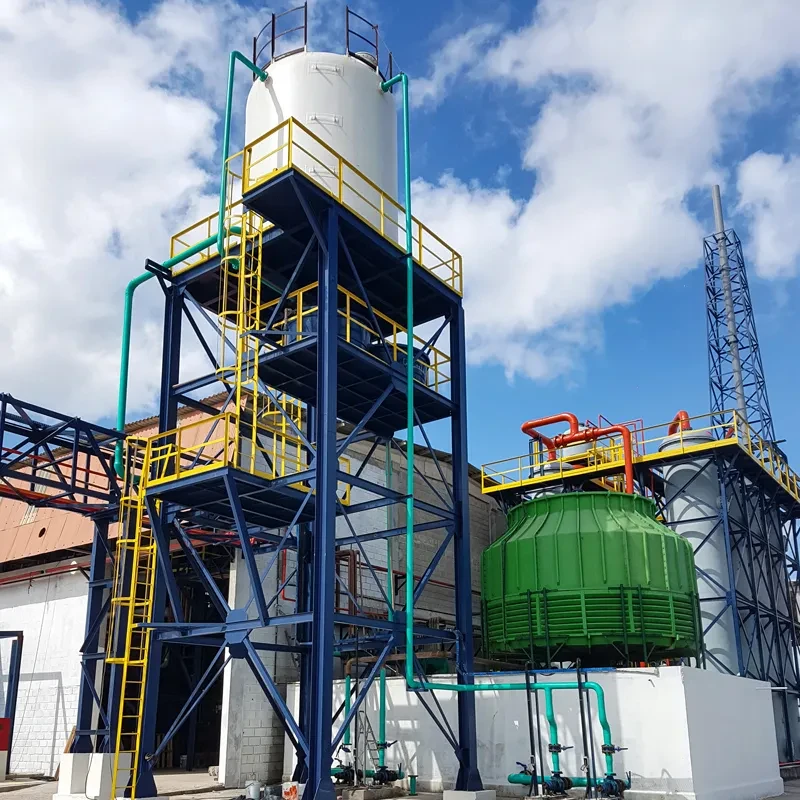Sulfuric Acid Production Line - Aoliande|Energy Efficiency, Waste Recovery
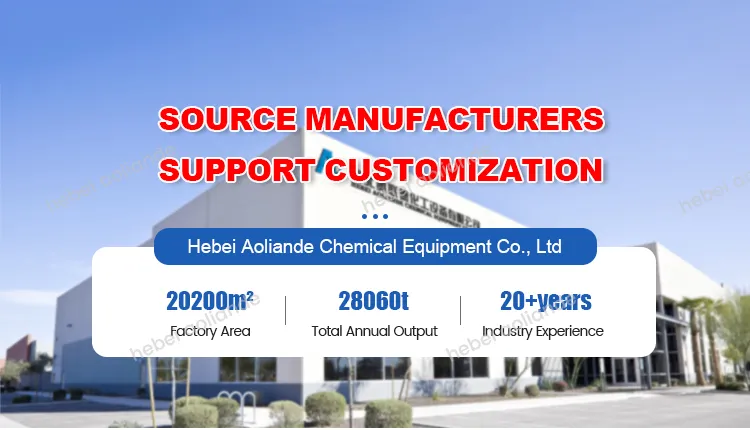
Introduction
The production of sulfuric acid (H₂SO₄) is a cornerstone of modern industrial chemistry, with applications spanning agriculture, pharmaceuticals, and manufacturing. The sulfuric acid production line described here represents a cutting-edge solution for industrial-scale sulfuric acid manufacturing. This article explores the technical specifications, advantages, and applications of this production system, while highlighting the role of Hebei Aoliande Chemical Equipment Co., Ltd. in advancing sulfuric acid production technology.
Product Specification
The sulfuric acid production line utilizes the Mannheim process, a widely adopted method for producing sulfuric acid. Key specifications include:
| Parameter | Details |
|---|---|
| Production Method | Mannheim Process (Potassium Chloride + Sulfuric Acid) |
| Raw Materials | Potassium chloride (KCl), sulfuric acid (H₂SO₄) |
| Operating Temperature | 600°C+ |
| Energy Efficiency | Low energy consumption via advanced furnace design |
| Output Capacity | Large-scale production (specific values depend on system configuration) |
| Environmental Compliance | Waste recovery system for hydrochloric acid (HCl) recycling |
The Mannheim Process: A Historical and Technical Overview
The Mannheim process is the most common method for producing sulfuric acid, accounting for 50–60% of global supply. This process involves the reaction of potassium chloride (KCl) with sulfuric acid (H₂SO₄) at high temperatures, typically above 600°C. The reaction occurs in a muffle furnace, where potassium sulfate (K₂SO₄) and hydrochloric acid (HCl) are produced in a two-step reaction via potassium bisulphate (KHSO₄).
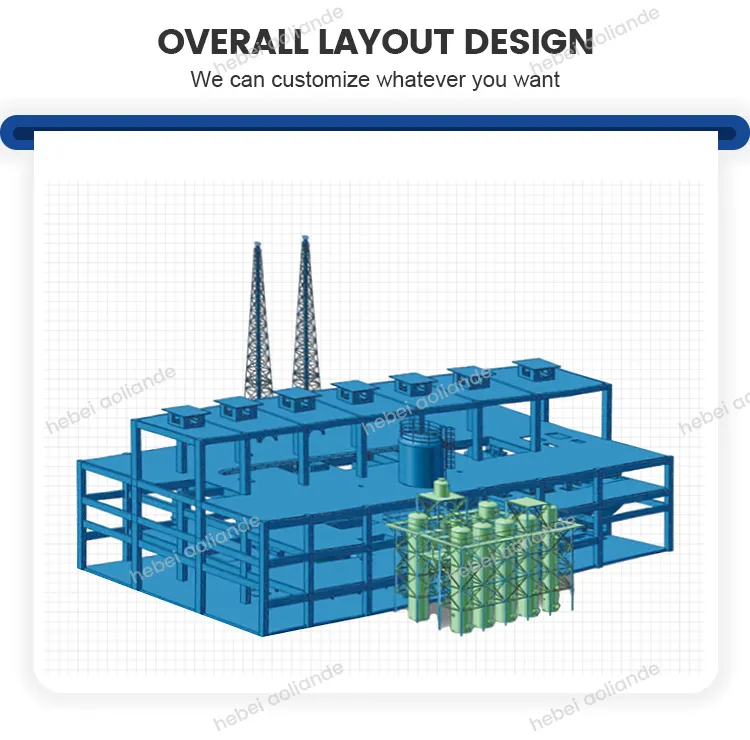
Technical Advantages of the Sulfuric Acid Production Line
Hebei Aoliande Chemical Equipment Co., Ltd. has optimized the Mannheim process through several innovations, resulting in a highly efficient and environmentally friendly production system. Key technical advantages include:
- Corrosion-Resistant Materials: Critical components are made from specialized materials that resist corrosion, ensuring long service life.
- Waste Recovery System: Hydrochloric acid (HCl) is recycled, reducing waste and meeting environmental standards.
- Enhanced HCl Absorption: Adjusted systems improve product quality and reduce environmental impact.
- Energy Efficiency: Improved flue design maximizes energy use, lowering operational costs.
- Automation: PLC control systems optimize feedstock ratios, reducing labor costs and improving consistency.
- Alternative Heating: Gas generators replace traditional heating methods, enhancing efficiency.
- Stability and Scalability: Large output with low coal consumption makes this system ideal for industrial applications.
Product Details and Visuals
The sulfuric acid production line is designed for seamless integration into industrial facilities. Key features include:
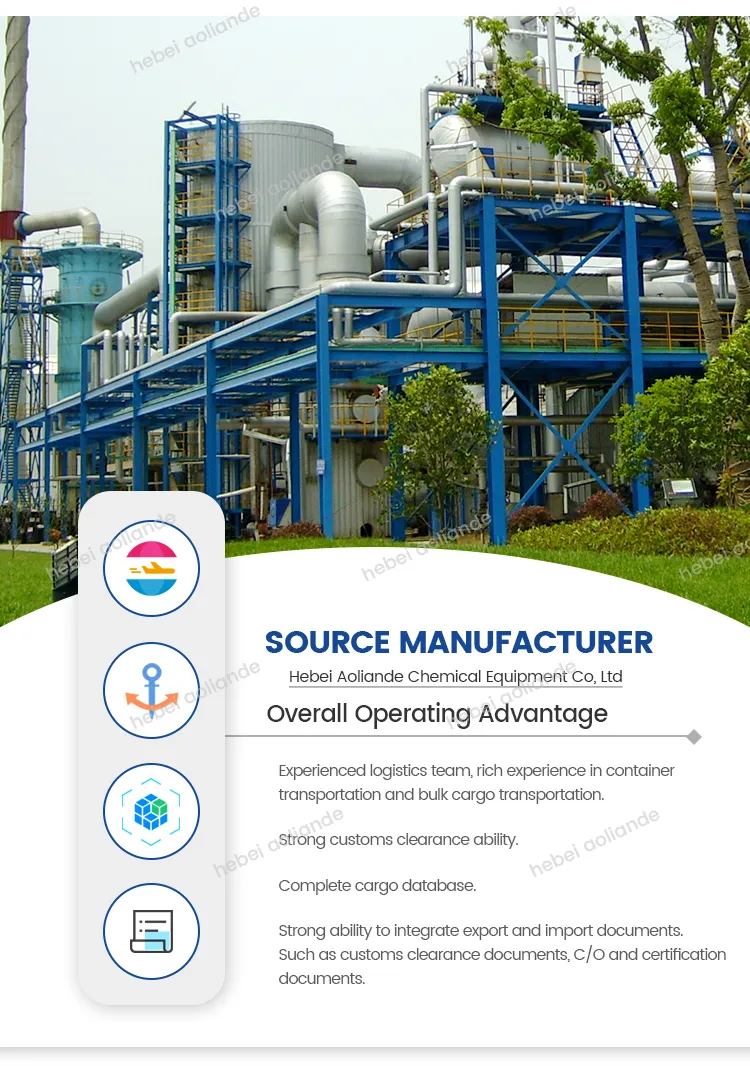
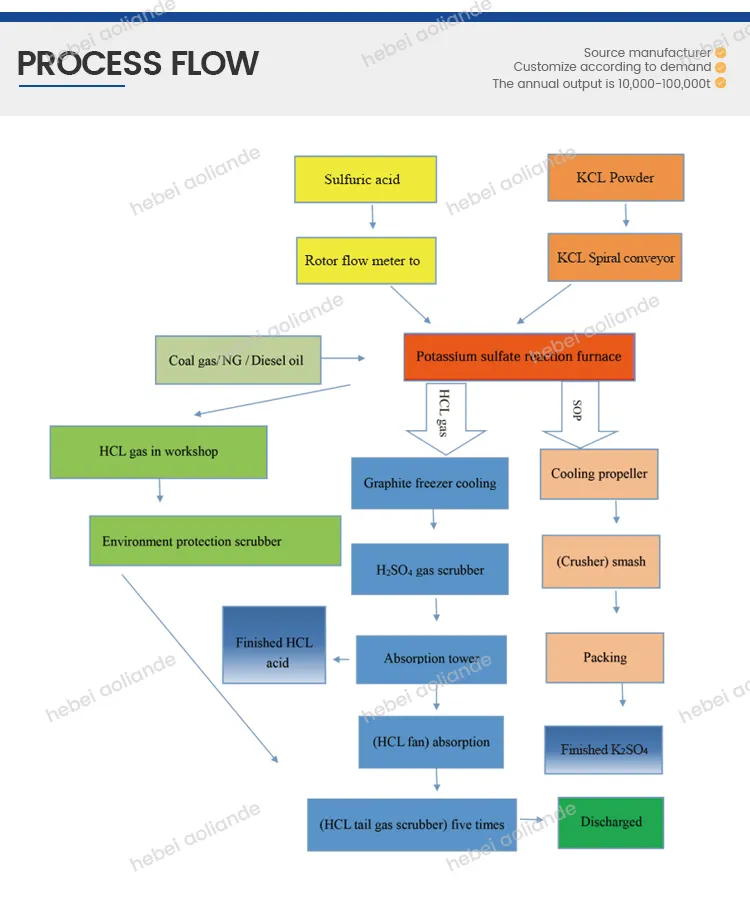

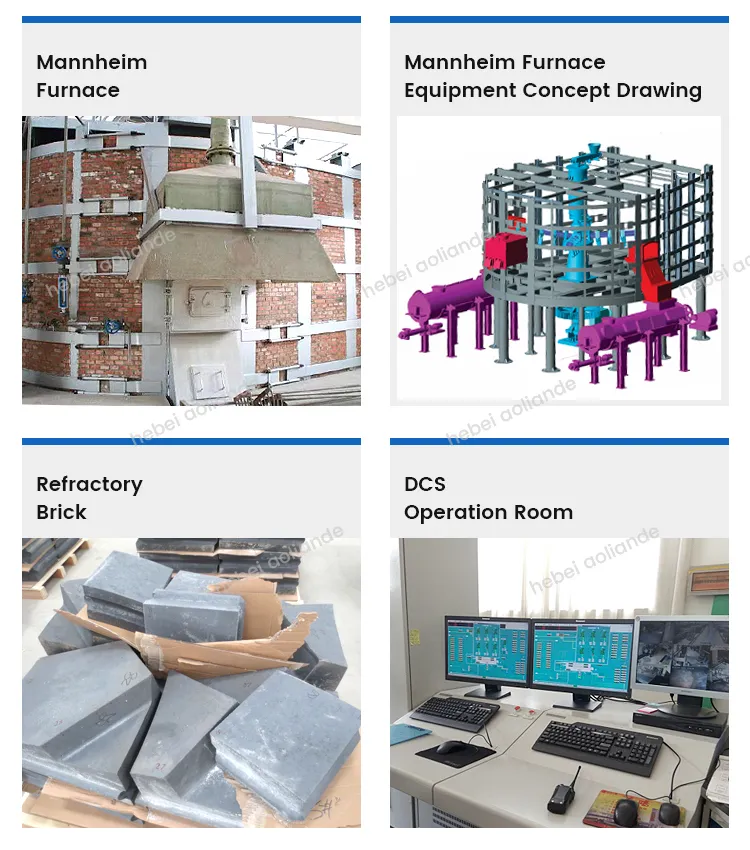
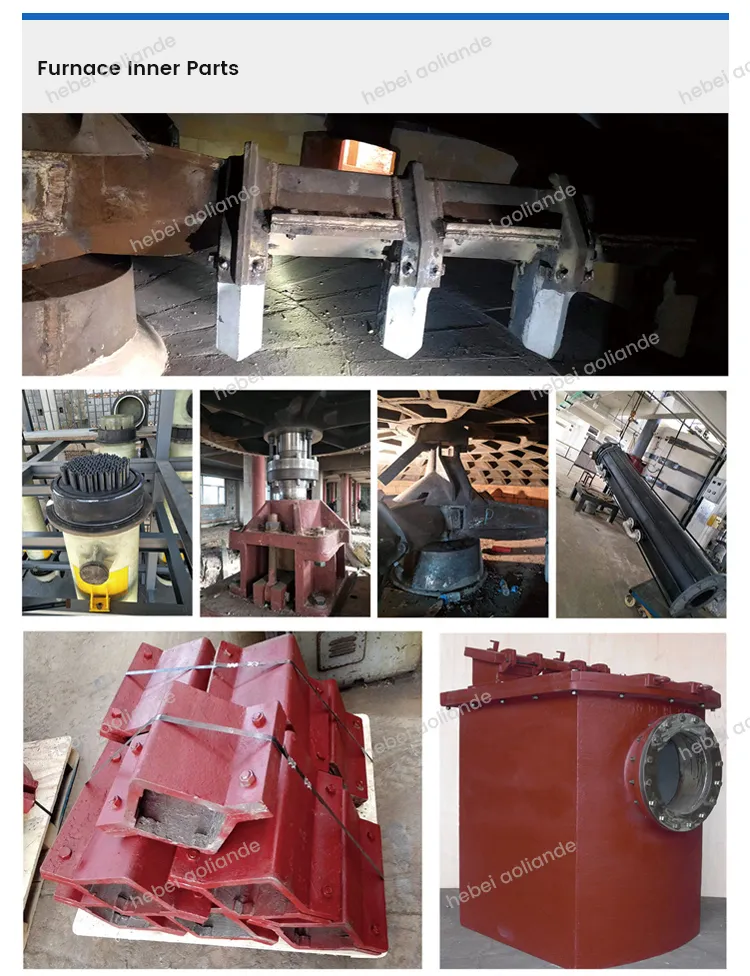

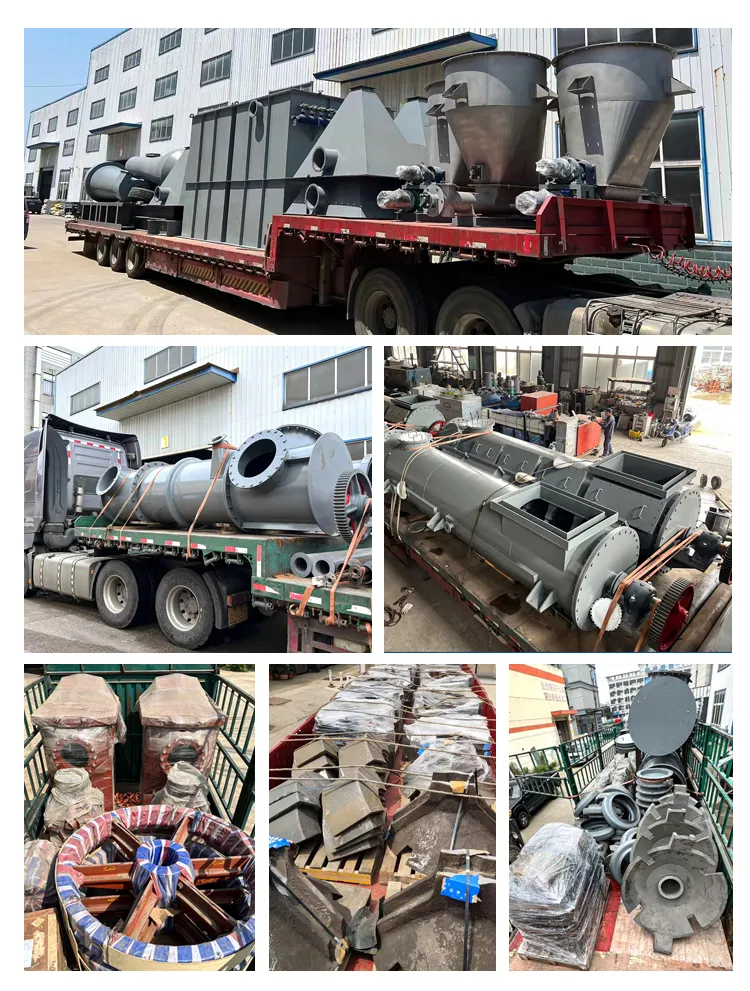
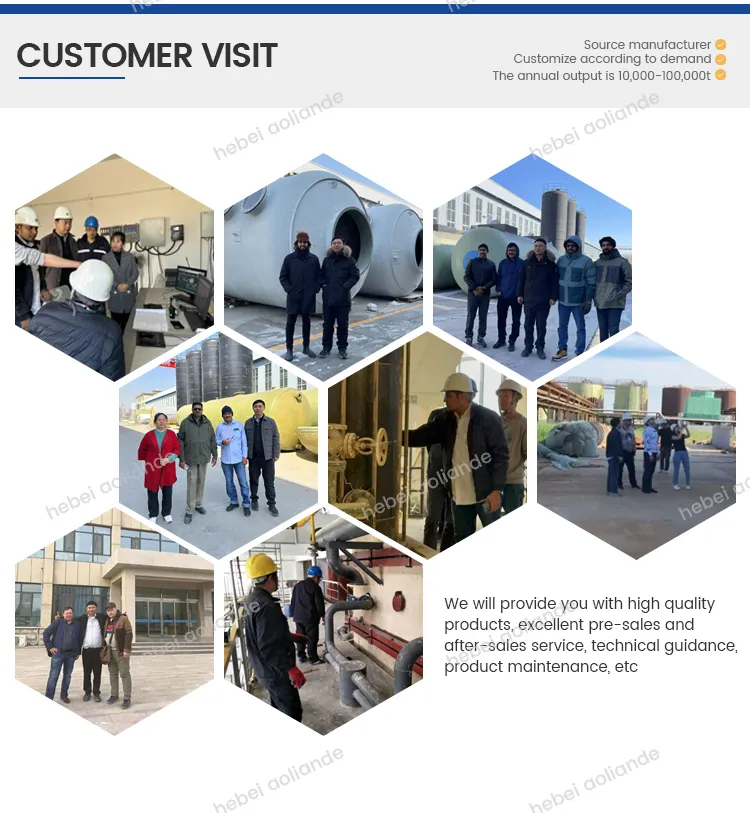
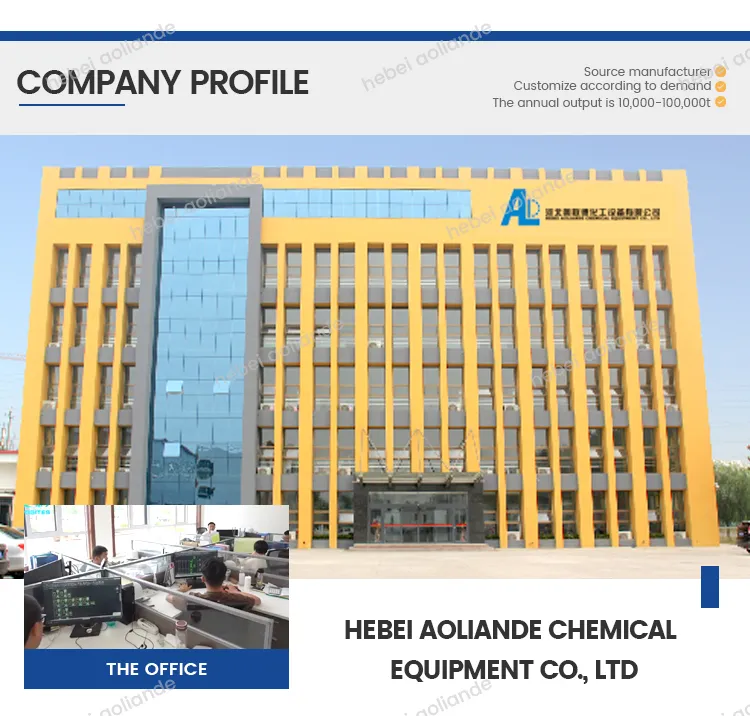
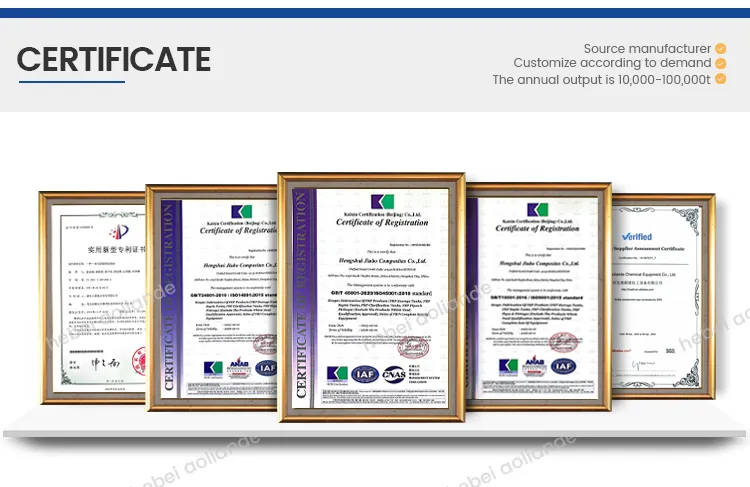
Packaging and Transportation
The production line is designed for easy transportation and installation, with packaging that ensures the integrity of components during transit. Customizable packaging solutions are available to meet the specific needs of global clients.


Company Profile: Hebei Aoliande Chemical Equipment Co., Ltd.
Hebei Aoliande Chemical Equipment Co., Ltd. is a leading manufacturer of sulfuric acid plant equipment, specializing in FRP pipes, storage tanks, and production machinery. The company has achieved ISO 9001 and ISO 14001 certifications, reflecting its commitment to quality and environmental responsibility. With over 50 employees and annual sales exceeding $5 million, Hebei Aoliande serves clients worldwide, including in the United States, Brazil, Japan, Germany, India, Malaysia, and Egypt.

Applications and Industry Impact
The sulfuric acid production line is ideal for industries requiring large-scale acid production, such as fertilizer manufacturing, chemical processing, and metallurgy. By improving efficiency and reducing environmental impact, this system supports sustainable industrial growth. For example, the commercial production of sulphuric acid can significantly lower operational costs while meeting global demand.
Conclusion
The sulfuric acid production line developed by Hebei Aoliande Chemical Equipment Co., Ltd. represents a significant advancement in industrial chemistry. By combining the Mannheim process with modern engineering solutions, this system offers a reliable, efficient, and environmentally friendly approach to sulfuric acid manufacturing. As industries worldwide seek to reduce their carbon footprint and optimize resource use, such innovations will play a critical role in shaping the future of chemical production.
References
National Institute of Standards and Technology (NIST) has established rigorous standards for industrial processes, including those related to chemical production. These standards ensure the accuracy, reliability, and safety of manufacturing technologies, such as those used in sulfuric acid production. For more information on NIST's role in industrial innovation, visit https://www.nist.gov/.

